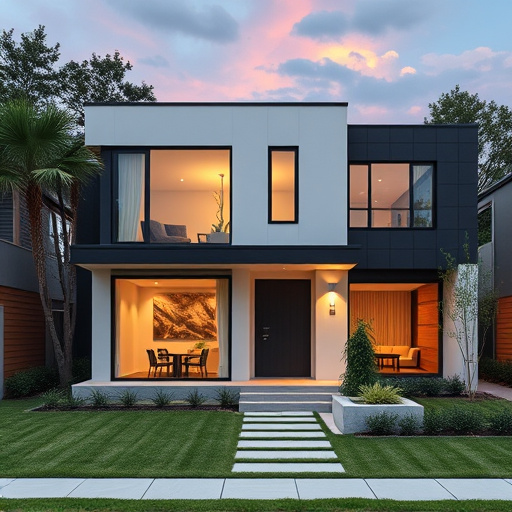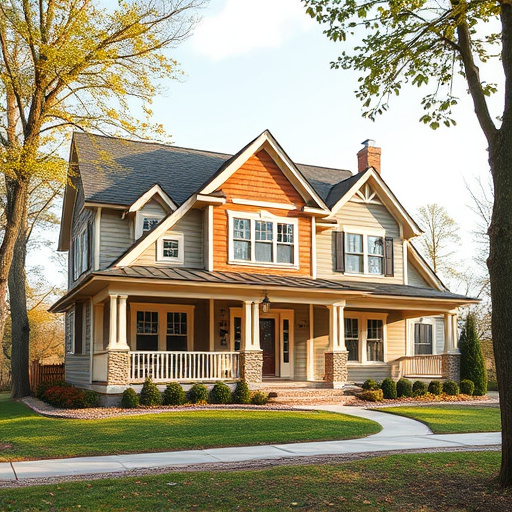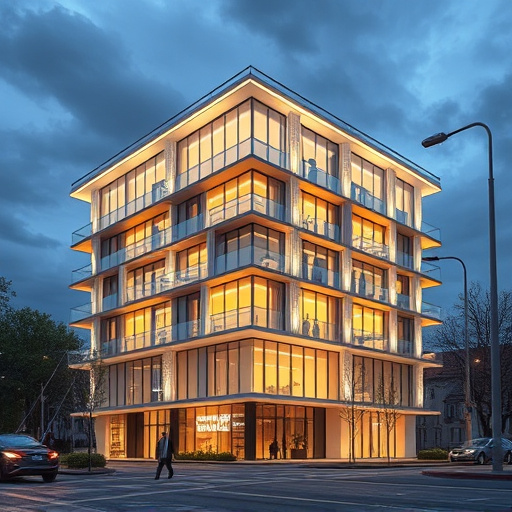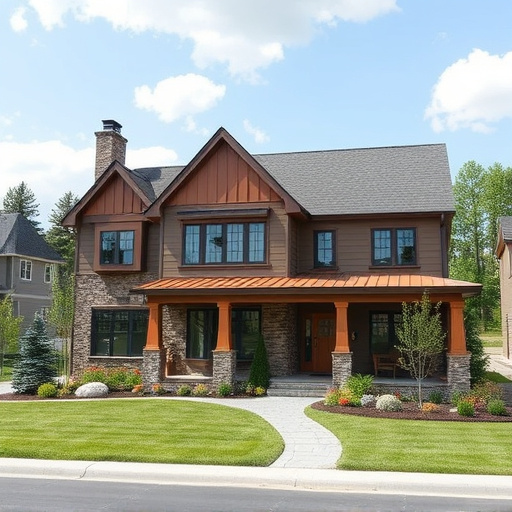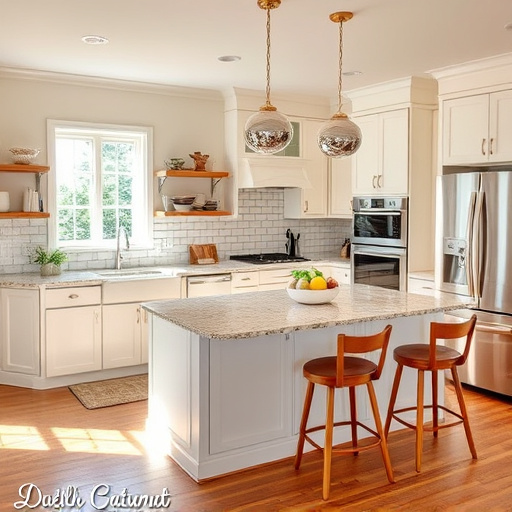In modern homes, open concept living encourages social interaction but may compromise privacy. To solve this, closed spaces like bedrooms, bathrooms, and study areas provide retreats within open layouts. Renovation services can transform these into private sanctuaries while maintaining a balance with social spaces, achieving harmonious interior designs perfect for entertaining. Strategic home additions or reconfigurations enhance functionality, creating vibrant settings for memorable gatherings. Seamless integration of open and closed spaces, along with adaptable furniture and complementary design elements, results in visually appealing and highly functional interior designs tailored for entertainment.
In the realm of house design, creating an environment that seamlessly blends privacy and social interaction is key to successful entertaining. This article explores the age-old debate between open vs closed spaces, delving into how each impacts hosting dynamics. From balancing intimate retreats to bustling open concept living, we uncover strategies for merging aesthetics and functionality in interior designs, ensuring your home becomes a symphony of both private sanctuaries and vibrant entertainment hubs.
- Balancing Privacy and Open Concept Living: The Role of Closed Spaces in House Design for Entertaining
- Enhancing Social Interaction: How Open Spaces Can Create a Dynamic Entertainment Environment
- Merging Aesthetics and Functionality: Strategies for Integrating Both Open and Closed Spaces in Interior Designs for Hosting
Balancing Privacy and Open Concept Living: The Role of Closed Spaces in House Design for Entertaining
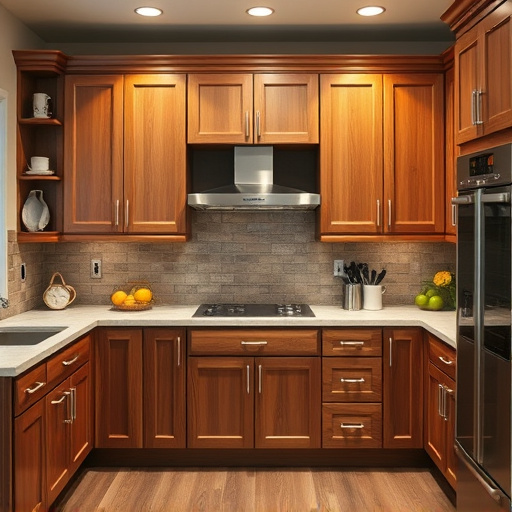
In the pursuit of creating ideal spaces for entertaining, the modern trend leans heavily on open concept living—a design philosophy that prioritizes fluidity and connectivity among rooms. While this approach undeniably enhances social interactions and fosters a sense of spaciousness, it may not adequately address the need for privacy during gatherings or intimate moments. This is where closed spaces come into play, serving as strategic oases within the seemingly boundless expanse of open layouts.
Incorporating strategically placed bedrooms, bathrooms, and study nooks allows for designated areas of retreat, catering to both guests seeking solitude and hosts necessitating quiet time amidst the bustling atmosphere of entertaining. Skilled renovation services can transform these spaces, offering elegant solutions that blend functionality with aesthetics. Home additions or transformations can create enclosed areas that complement the open-concept main living spaces, ultimately striking a harmonious balance between the needs for privacy and social interaction within the home.
Enhancing Social Interaction: How Open Spaces Can Create a Dynamic Entertainment Environment
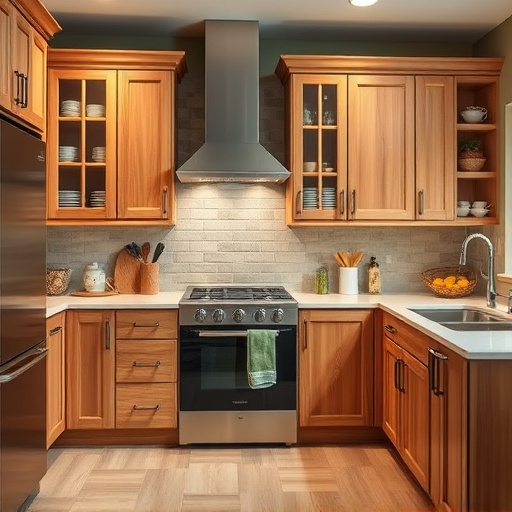
Open spaces in house design play a pivotal role in enhancing social interaction and creating a dynamic entertainment environment. Unlike closed-off rooms, spacious layouts encourage natural flow and movement, making it easier for guests to mingle and engage with one another. This interconnectedness fosters a vibrant atmosphere where conversations can easily spark and groups can form organically. Interior designs that prioritize open spaces often include expansive living areas, centralized dining zones, and seamlessly blended indoor-outdoor transitions, all of which contribute to an inviting ambiance.
When considering home renovation or kitchen and bath updates, incorporating more open space might involve strategic home additions or reconfiguring existing layouts. For instance, breaking down internal walls can create a grand, unified gathering space that accommodates various activities simultaneously. Such transformations not only elevate the aesthetic appeal but also significantly enhance functionality for entertaining guests, making your home the perfect setting for memorable occasions and quality time with loved ones.
Merging Aesthetics and Functionality: Strategies for Integrating Both Open and Closed Spaces in Interior Designs for Hosting
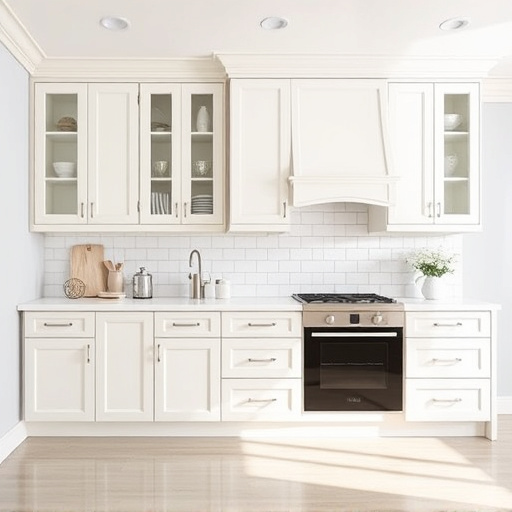
When designing a home for entertaining, achieving a balance between open and closed spaces is key to creating both visually appealing and highly functional interior designs. Open layouts offer a sense of spaciousness and promote social interaction, while enclosed areas provide privacy and dedicated functions like dining or quiet retreats. Merging these two concepts seamlessly requires thoughtful consideration of room arrangement, material choices, and strategic placement of furniture.
Strategies for integration include using architectural elements such as partially open walls or arches to define spaces without blocking natural light or line-of-sight. Incorporating adaptable furniture pieces like multifunctional tables or fold-down beds can also serve both open and closed areas, enhancing overall flexibility. Additionally, when planning a bathroom remodel or home additions, ensure that new spaces are designed with an eye towards complementing the existing layout, maintaining visual harmony while offering diverse environments for hosting different types of gatherings.
In conclusion, both open and closed spaces play pivotal roles in creating ideal house designs for entertaining. Balancing privacy with the benefits of open concept living is key, as closed spaces offer needed respite from bustling social areas. Open spaces, on the other hand, foster dynamic social interactions, making them perfect for hosting. Merging these elements harmoniously through strategic interior design integrates aesthetics and functionality, ensuring your home is a welcoming and engaging environment for every occasion. Whether you prioritize privacy or social interaction, thoughtful integration of open and closed spaces in your interior designs will enhance your entertaining experience.



